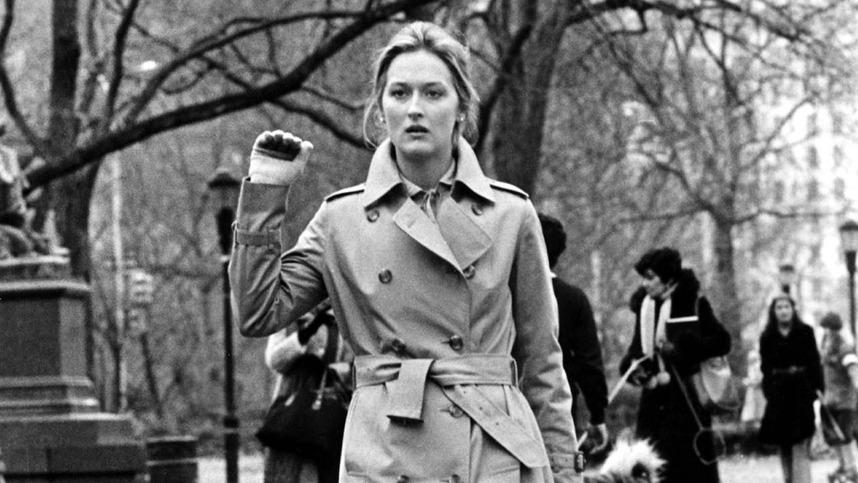Raincoats have not always been waterproof. In Antiquity, people put on big woolen coats with hoods.
We had to wait until 1823 for the first truly waterproof coats, when Scottish chemist and inventor Charles Macintosh mixed benzol, a by-product of coal tar, with rubber. Thomas Burberry adapted, at the request of the British army, his overcoat, already iconic in horse riding, aviation and exploration, to the muddy reality of the trenches. Extremely practical, the new design of the raincoat includes shoulder pads where military equipment can be hung: gloves, whistles, a D-ring belt for carrying grenades... More than half a million combatants wear this overcoat on his forehead. At the end of the war, he is a symbol. If we put up with it as best we could at the time, the trench coat was called the “trench” in 1920. The word quickly passed into its full form before being abbreviated to "trench" The word is borrowed from the French verb “to make furrows,” which means to cut back back.

